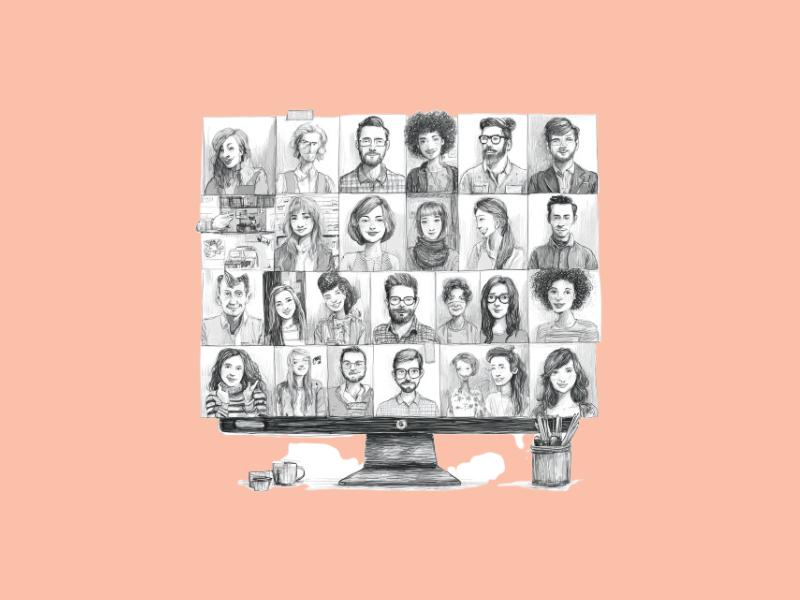If you’ve ever tried to track down someone online with a photo, there’s a chance you’ve come across Facecheck ID. It’s a popular and effective face search tool, but not without its limits and tradeoffs.
Facecheck ID can turn up less-than-accurate results, and its price may turn off some intending users. That’s why this article provides a list of Facecheck ID alternatives that deliver good results or fit specific needs.
Also read: FaceCheck ID Honest Review [2025 ]
Alternative Tools to Facecheck ID
1. Lenso AI
In a world where faces show up everywhere, from social media photos to streamed video, Lenso.ai offers a way to track and even allow you to understand where and who they are, both in still images and moving footage.
Lenso AI is one of the top face search AI tools built for anyone who wants more than just photo matching, making it particularly useful for industries working heavily with video content.
Top Features:
- Match faces from still photos to all images in vast image databases
- Video content scanning to detect and track a person’s face in video footage
- Bulk processing for handling high volumes of media
- Frame-by-frame AI-based anomaly detection
How it works:
- Upload an image or video
- The system identifies and captures unique facial features and patterns from the input media.
- Lenso.ai searches its image and video databases to find similar or matching faces across the uploaded content.
- The AI tool examines individual video frames to ensure accurate detection and tracking of the face throughout the footage.
- It shows matching images or timestamps from the video where the face appears.
Best For:
- Photo agencies tracking image rights and unauthorized use
- Law enforcement and media verifying appearances in footage
- Content creators searching archives for specific people
Pros and Cons:
| Pros | Cons |
| Compatible with both photos and video | Requires good-quality source media for accuracy |
| Scales for large media libraries | Pricing may be too high for occasional users |
| Saves time by bulk and batch search options | It’s primarily targeted at professionals |
Pricing:
Starts at $15.99
2. PimEyes

- PimEyes uses a combination of reverse image search and facial recognition to find similar faces. It doesn’t just narrow down to exact image duplicates.
- It has a large index of publicly available images (from websites, blogs, and news) that is continually updated. However, PimEyes does not collect data from platforms that disallow crawling (many social media profiles).
- It sends notifications when new images of the face search appear online.
- PimEyes provides opt-out/takedown assistance of images or URLs showing the user’s face.
- Uploaded images are only stored temporarily (48 hours), which is better for privacy.
- It provides filters (date, domain, safe search, and grouping similar images) for more precise/relevant results.
3. Betaface
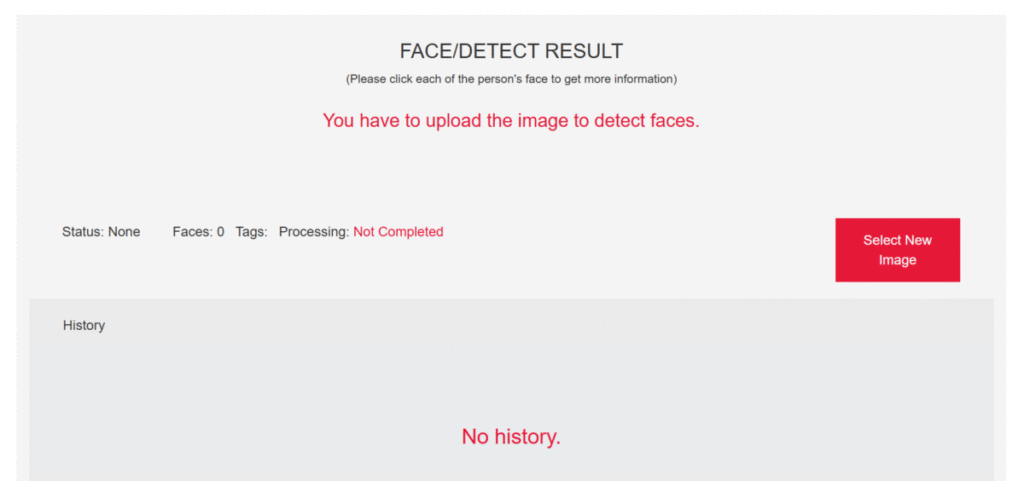
- Betaface can pick out and handle multiple faces in an image, with cropping & detection.
- It provides facial landmark points for detailed geometry that makes recognition easier.
- Betaface factors in other attributes: age, gender, ethnicity, emotion, hairstyle, facial hair, and glasses.
- It also extracts metadata like clothing colors, background color, and skin color.
- It provides 1:1 matching (verification), 1:N matching, and maintains face/person databases (namespaces) to search against.
- Betaface can match identities both through image uploads and image URLs.
- It has very large face collections/databases (search in namespaces with many faces).
4. MiniAiLive Face Recognition
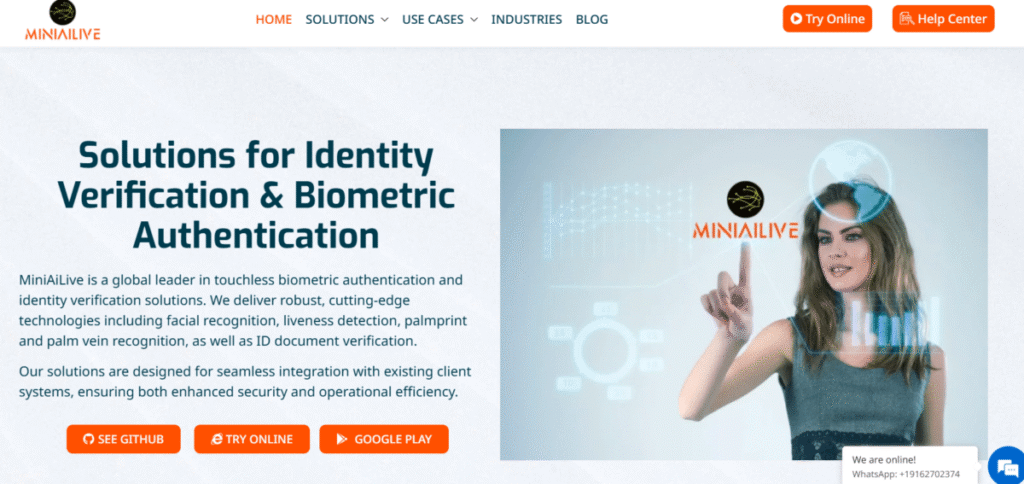
- It does both face recognition (1:1 matching, 1:N identification) and face detection, inclusive of age, expression, glasses/mask detection, occlusion, and pose.
- MiniAiLive has anti-spoofing features that pick out deepfakes and masks, image/video attacks.
- Data privacy is highly regarded; MiniAiLive runs on-device/offline/on-premises, so images or data don’t need to leave the processing device.
- The accuracy has been proven through strong certifications and standards like NIST and ISO. These benchmarks assess how well it can identify genuine faces and distinguish between real people and fake or AI-generated images.
- MiniAiLive conducts real-time feedback checks to see if the photo is usable for face recognition. It ensures that lighting, alignment, and visibility are sufficient to prevent errors or failed searches.
5. FaceFirst

- FaceFirst protects identities with privacy filters. It blurs images stored in the system (logs, watchlists, or user interfaces) from the prying eyes of other users and lower-level operators. It also has role-based data access, regular purging of facial data, and strong encryption.
- Facefirst compares a face image against very large databases quickly (millions of identities). It will also send alerts and warnings if the face elicits it.
- It works in spite of difficult lighting, odd angles, and crowds. FaceFirst also sees past obstructions like hats and glasses much better than many tools.
- Users are provided with the option to form a synchronized system for use across locations and sites
- FaceFirst supports many camera types and flexible capturing of clear, useful images. This makes for better input quality, which gives rise to a higher face match accuracy.
- It has guardrails in place that enforce ethics, accountability, and the avoidance of misuse.
6. Social Catfish
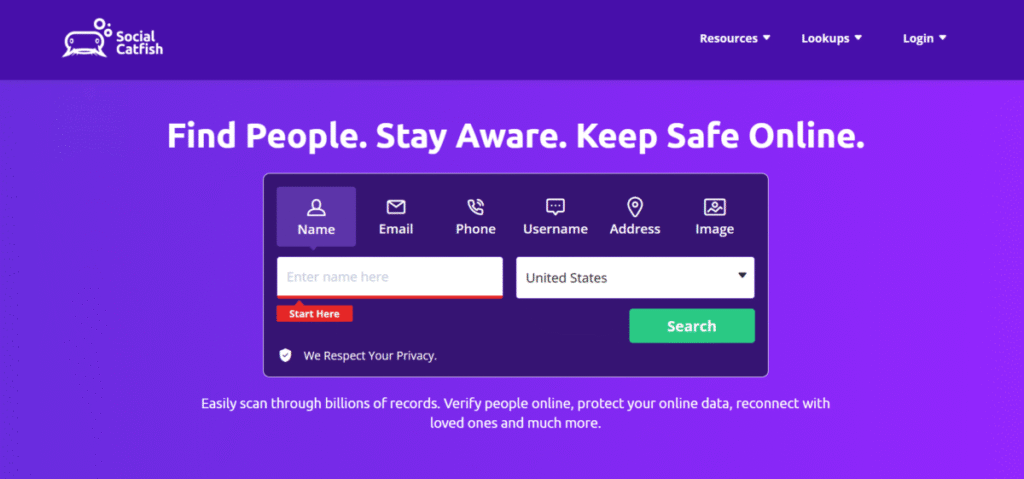
- Social Catfish actually finds people online by accessing data from usernames, emails, phone numbers, and social media profiles.
- It has been designed with a “keen eye” for fake identities, catfish accounts, and stolen photos. Therefore, it highlights suspicious behavior patterns in addition to the visual search.
- The results are organized and presented in a way that links all data points together. This avoids the need to manually piece together results from multiple sites.
- Social Catfish provides reports that can be exported, shared, and tracked over time as the targeted identity continues to trail.
7. Google Reverse Image Search
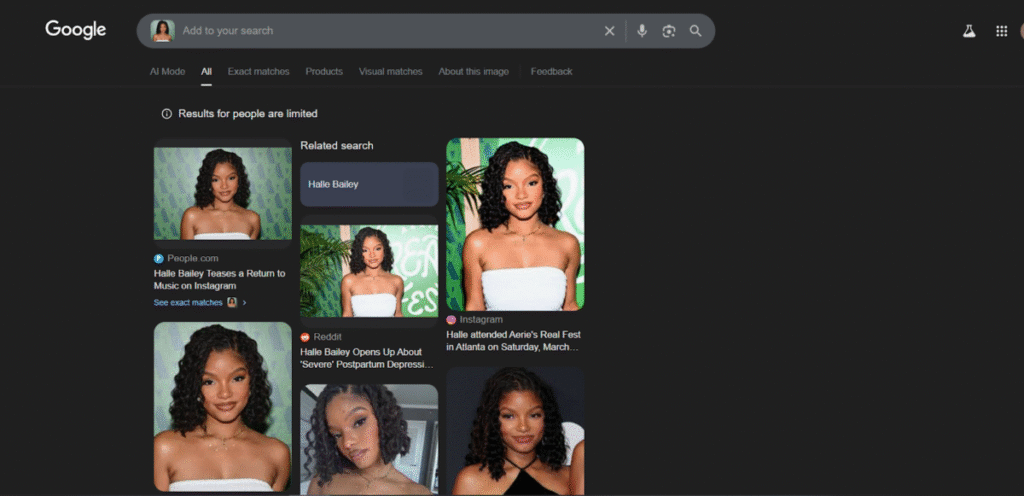
- Google Reverse Image Search compares overall patterns in an image but does not scan biometric features like a face’s geometry. This means it can find copies of an image but struggles with finding the same person in new photos.
- It works best if the person being looked up is a celebrity.
- Google is the most used search engine and therefore indexes numerous images. If an image exists publicly, there’s a chance Google will pull it out.
- It is free and available to anyone who uses Google search.
- Because it is not a dedicated search tool, image uploads are handled as queries and are not stored to build identity profiles.
- Google is good at finding an image trail. This helps to track fake profiles and fish out impersonators.
FAQs
1. What’s Better Than Facecheck ID?
PimEyes and Yandex Image Search are stronger in accuracy and reach. PimEyes is better at finding matches across the web, while Yandex is good with cropped or low-quality photos. The best option depends on the desired tool strength, whether that’s speed, accuracy, or broader coverage.
2. What Is Similar to Facecheck ID?
Similar tools are PimEyes, Betaface, and Social Catfish, which accept uploads and turn up a list of similar online images. Each one differs in features, pricing, and data sources.
3. Can ChatGPT Do Facial Recognition?
No, ChatGPT cannot perform facial recognition; it cannot scan or compare faces in images. It can only explain how these tools work or suggest alternatives.
4. Is Facecheck ID Real or Fake?
Facecheck ID is a real tool that provides reverse face search services. It lets users upload a photo and find similar faces online. However, results may vary, and accuracy depends on the image and the platform’s database.

